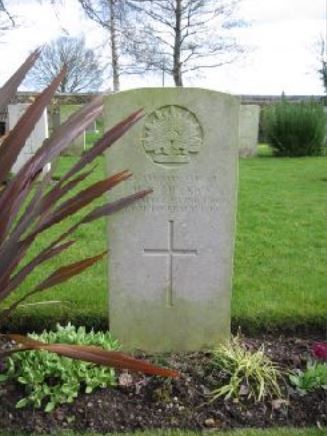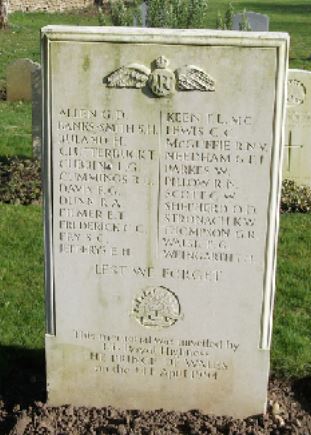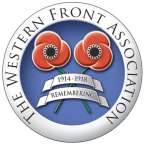No 2 Squadron, Australian Flying Corps

Henry (or Henri) Louis Buland was born in Le Havre in about 1892 and at some point emigrated to Australia. His service papers indicate a sole next of kin – his brother Leon Joseph Buland, who lived at 43 rue Auguste Comte, Le Havre.
In civilian life Henry was a photographer, a skill which he evidently carried forward into his service life. He enlisted at Guildford, Western Australia on 23 October 1914, possibly motivated by the German invasion of his homeland. He became a Trooper in the 10th Light Horse on 21 December 1914.
By May 1915 he was in Egypt and embarked for Gallipoli from Alexandria on the 16th of that month. His time in Gallipoli was plagued by various ailments; which included lumbago, rheumatism and gastritis and his service on the Peninsula was intermittent, until he returned for an extended period until leaving on 24 December 1915 and returning to Egypt. He spent time in various parts of Egypt and (whilst still on the strength of the 10th Light Horse) spent the period 11 April to 13 December 1916 with 3rd Light Horse Brigade HQ. This possibly indicated that he was employed as a photographer.
On 14 December 1916 he transferred, as an Airman Second Class, to 68 Squadron, Australian Flying Corps (AFC), undertaking a ‘trade test’, which he passed. On 13 January 1917 he embarked on the troopship Kingstonian from Alexandria and arrived at Southampton on 3 February 1917. He served with 68 Squadron at Harlaxton, Lincolnshire until 15 September 1916.
On 16 September 1916 he joined 2nd Squadron, AFC, as an Airman First Class and became an assistant armourer, instead of a photographer. He was posted to France, arriving at his birth town of Le Havre, from Southampton, on 22 September 1917. He appears to have reverted to being a photographer, spending time with 69 Squadron, before joining 3rd Squadron on 2 January 1918, where he stayed until 20 September of that year. On 29 July he was admitted to No 55 Casualty Clearing Station, suffering from a painful knee, which was diagnosed as synovitis, or inflammation of the joint, similar to arthritis. He was transferred to 16th General Hospital at Le Treport, before being sent back to the UK and the Alexandra Hospital, Cosham on 12 August. He did not return to the Western Front.
On 9 September he was discharged to the AFC Training Depot at Halton Camp, Wendover and on 27 September he joined the 1st Australian Training Wing, HQ at Tetbury, where he appears to have been employed as a photographer: various items relating to photography were found in his kit, after he died.
Influenza (‘Spanish Flu’) was rife during the winter of 1918/19 and Henry Buland succumbed to this on 3 February 1919, when he was admitted to Tetbury Hospital. His condition was reported as ‘dangerously ill’ on 9 February and on the following day he died, from bronchial pneumonia brought about by the influenza; he was 28 years old.
He was buried with military honours in Leighterton Church Cemetery on 14 February 1919, the service being conducted by a Roman Catholic priest. His grave is now marked by a standard CWGC headstone.

Researched by Graham Adams 6 January 2018
